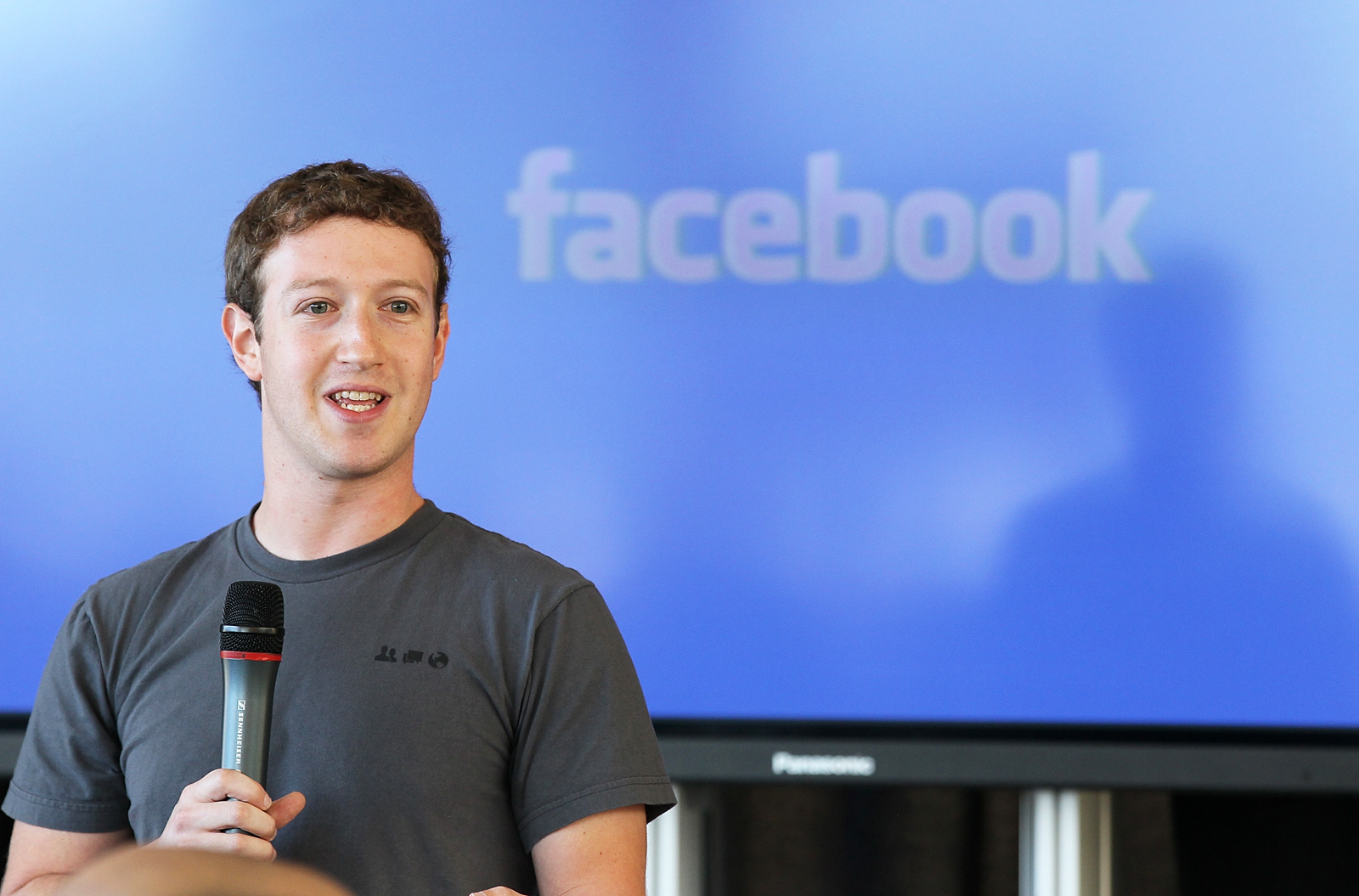
MUCH has been said and debated about the geopolitical changes currently taking place across the world.
These include a shift in political power, changes in trading partnerships and the reorganisation of the global order — from a unipolar system to a multipolar one. However, amid all this analysis, there has been limited attention paid to how social behaviour has transformed, beyond attributing certain characteristics to specific generations.
Social, economic and technological advancements have brought about significant changes in how societies behave. It is common to hear statements like: “The current generation doesn’t care,” or “They behave as if they’re spoiled.” Some argue that such behaviours stem from a generation of parents who endured hardship and, as a result, vowed to ensure their children would not suffer like they did.
These parents invested all their hard work into creating a more comfortable, opportunity-rich life for the next generation. Similarly, in the West, governments have worked hard to create a problem-free society where most of basic needs are no longer seen as challenges.
While some believe hardship made earlier generations stronger, others contend that a generation unburdened by survival may channel its energy into innovation and building an easier future. But is that really what is happening?
This past week, my attention was drawn to the work of ethologist John B Calhoun, who conducted several behavioural studies using rats and rodents from the 1940s to the 1970s. One of these studies, in particular, has resurfaced in public discourse as a chilling parallel to current global social dynamics, especially in developed societies.
Calhoun’s early experiments with rats began in 1947 on farmland in Rockville, Maryland. While working at the National Institute of Mental Health in 1954, he launched a series of well-known behavioural experiments. Between 1958 and 1962, he placed 32 to 56 rats in a cage subdivided into four rooms — each capable of supporting a dozen mature rats. Ramps allowed the rats to move freely between the spaces.
What made these experiments extraordinary was that Calhoun provided an abundance of everything: food, water, space and protection from predators and disease. In short, the rats were living in “rat utopia.” But by 1962, Calhoun observed something deeply unsettling. In subsequent replications, the outcome remained the same.
- Is the world at ‘Behavioural Sink’ stage?
Keep Reading
Despite having all their physical needs met, the rats did not thrive. Instead, they spiralled into social collapse and self-destruction in disturbing ways. Female rats began to miscarry frequently or failed to survive delivery. Many who gave birth abandoned or attacked their young. Maternal instincts deteriorated rapidly.
Among the males, reproductive behaviour ceased. Many exhibited sexual deviance, cannibalism or compulsive, meaningless activity. Others withdrew completely — only emerging to eat or drink when the colony was asleep. Social interaction broke down.
Over time, some mice became entirely disengaged. They no longer mated or socialised — they only ate, slept and groomed themselves. These were the so-called “Beautiful Ones” — physically unscarred but psychologically detached from society. Even though resources were plentiful, the colony collapsed. Not from predators, hunger or disease — but from internal breakdown.
Calhoun referred to this disturbing phase as the “behavioural sink.” In one of his most telling observations, he noted that up to 60 of the 80 rats would crowd into a single pen during feeding, even though space and food were equally available elsewhere. Individual rats began to eat only in the company of others. The rest of the environment became desolate. In these settings, infant mortality reached 96% among the most socially disoriented groups.
In 1968, Calhoun launched his most famous experiment, “Universe 25,” where he again created a utopia for mice — unlimited food, water, and space for up to 4 000. The population peaked at 2 200. Then came the decline.
Mice stopped engaging in courtship. Females abandoned their young. By day 600, the population was on a clear path to extinction. Though physically capable of reproducing, the mice had lost the social skills necessary to survive as a society.
So, are we there yet? Calhoun's work has since been widely discussed as a metaphor for modern life in overpopulated, comfort-driven societies — especially in urbanised, consumer-centric cultures where survival is no longer a primary concern.
His findings raise several urgent questions. First, has abundance replaced struggle completely that social purpose is eroding? Second, are rising levels of isolation, anxiety and disengagement signs of our own behavioural sink? And finally, are modern humans, like Calhoun’s rats, collapsing not from scarcity but from excess?
As we navigate our increasingly digitised, hyper-connected and comfort-saturated world, these questions demand honest reflection — not just among psychologists or philosophers but across all sectors of leadership and policy. Perhaps the most sobering thought is this: just because we are surviving it does not mean we are thriving.










